The Blueprint of Excellence: Inside a Water Purification Equipment Factory
Why Water Purification Factories Matter in a Thirsty World
The Global Water Crisis: A Call to Action
The planet’s freshwater reserves are collapsing under the weight of pollution, overuse, and climate volatility. Over 2.2 billion people lack access to safely managed drinking water, while industrial effluents and agricultural runoff contaminate critical aquifers. Water purification equipment factories emerge as lifelines, transforming undrinkable water into a resource that sustains life, economies, and ecosystems. Their role transcends mere utility—it is a moral imperative in an era where waterborne diseases claim thousands of lives daily.
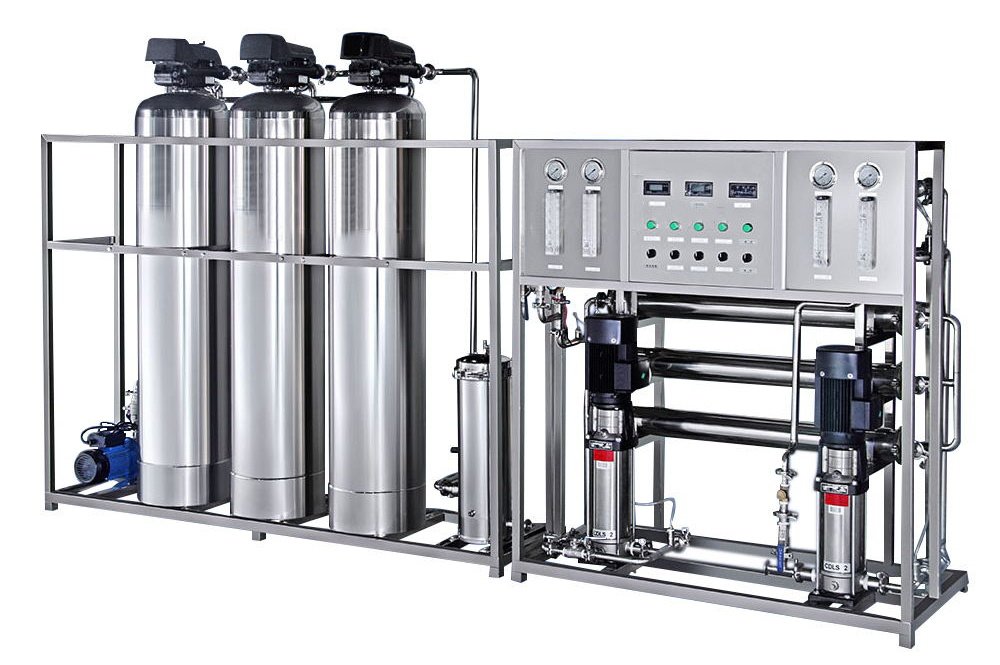
How Factories Bridge the Gap Between Contamination and Clean Water
Factories deploy advanced technologies—from nanofiltration membranes to AI-driven contaminant detection—to neutralize pathogens, heavy metals, and microplastics. By mass-producing systems tailored to regional challenges, they democratize access to clean water, converting hazardous sources into potable supplies for urban centers, rural communities, and disaster-stricken areas.
The Economic and Social Impact of Reliable Purification Technology
Investing in purification infrastructure catalyzes socioeconomic growth. Efficient systems reduce healthcare costs tied to waterborne illnesses, empower industries reliant on sterile processes, and uplift marginalized communities. Factories act as engines of equity, ensuring that water security is not a privilege but a universal right.
The Evolution of Water Purification Equipment Manufacturing
From Primitive Filters to High-Tech Production Lines
Early purification methods relied on rudimentary sand filters and boiling. Today, factories harness automation, robotics, and IoT-enabled monitoring to produce systems with micron-level precision. This evolution reflects humanity’s escalating ingenuity in combating contamination.
The Role of Industrialization in Scaling Purification Solutions
Mass production has slashed costs and accelerated deployment. Modular designs and standardized components enable rapid adaptation to diverse needs, from compact home units to municipal-scale desalination plants. Industrialization ensures that innovation reaches every corner of the globe.
Modern Innovations: Smart Factories and Automated Precision
Cutting-edge facilities utilize AI-driven quality control, predictive maintenance algorithms, and digital twins to simulate production outcomes. These tools minimize waste, optimize energy use, and ensure that every unit meets exacting performance metrics before leaving the factory floor.
Technologies Powering Water Purification Equipment
Reverse Osmosis: The Science Behind Molecular-Level Filtration
RO membranes employ semi-permeable barriers to remove 99% of dissolved salts, viruses, and PFAS chemicals. Factories engineer these membranes with nanoscale precision, balancing porosity and durability to withstand high-pressure environments.
UV-C Disinfection: Harnessing Light to Eradicate Pathogens
Ultraviolet germicidal irradiation (UVGI) disrupts microbial DNA, neutralizing bacteria, viruses, and protozoa without chemical residues. Modern systems integrate pulsed UV-C for enhanced efficacy, targeting antibiotic-resistant strains with surgical accuracy.
Electrochemical Oxidation: Targeting Emerging Contaminants
This technology uses electric currents to generate reactive species that degrade pharmaceuticals, pesticides, and endocrine disruptors. Factories optimize electrode materials like boron-doped diamond (BDD) to maximize oxidation efficiency while minimizing energy consumption.
Membrane Bioreactors: Merging Biology and Engineering for Superior Purity
MBRs combine biological treatment with ultrafiltration, achieving wastewater reuse rates exceeding 95%. Factories refine these systems to handle high organic loads, making them indispensable for sustainable urban water management.
Designing the Ultimate Water Purification System
Customization: Tailoring Equipment to Regional Water Chemistries
Factories analyze local contaminants—arsenic in Bangladesh, nitrates in agricultural regions—and engineer bespoke solutions. Adaptive systems adjust pH levels, ion exchange rates, and filtration stages to match source water profiles.
Modular Engineering: Adapting to Residential, Commercial, and Industrial Needs
From under-sink units to industrial-scale electrocoagulation plants, modular designs ensure scalability. Factories prioritize interoperability, allowing components to integrate seamlessly into existing infrastructure.
The Art of Balancing Efficiency, Durability, and Affordability
Engineers employ lifecycle analysis to select corrosion-resistant alloys, biofouling-resistant coatings, and energy-efficient pumps. The goal: systems that endure harsh environments while remaining economically viable for end-users.
Inside the Manufacturing Process
Sourcing Materials: The Quest for Corrosion-Resistant Components
Stainless steel, food-grade polymers, and ceramic composites are rigorously tested for longevity. Factories audit suppliers to ensure materials meet ASTM and ISO standards, prioritizing sustainability through recycled content.
Precision Machining: CNC Technology and Tolerance Standards
Computer numerical control (CNC) machining ensures tolerances within microns, critical for components like high-pressure RO housings. Automated inspection systems flag deviations, guaranteeing flawless assembly.
Assembly Line Mastery: From Prototype to Mass Production
Lean manufacturing principles streamline workflows. Factories use augmented reality (AR) for real-time quality checks, while collaborative robots (cobots) assist human workers in intricate tasks like membrane sealing.
Quality Control: The Non-Negotiable Standard
ISO Certifications: Meeting Global Benchmarks for Excellence
Factories align with ISO 9001 and ISO 14001 standards, ensuring consistent quality and environmental stewardship. Certifications act as passports to international markets, signaling adherence to rigorous protocols.
Stress Testing: Simulating Extreme Conditions for Reliability
Units undergo accelerated life testing—exposure to extreme temperatures, pressure spikes, and corrosive environments—to validate durability. Data from these trials inform iterative design improvements.
Third-Party Audits: Building Trust Through Transparency
Independent labs like NSF International verify performance claims, testing for contaminant removal efficiency and material safety. These audits reassure consumers and regulators alike.
Sustainability in Factory Operations
Green Manufacturing: Reducing Carbon Footprints in Production
Factories adopt closed-loop water systems, recycling 80% of process water. Renewable energy sources, such as onsite solar arrays, power machinery, slashing Scope 1 and 2 emissions.
Waste Minimization: Recycling Water and Materials in the Factory
Scrap metal, polymer offcuts, and spent filters are repurposed into new components. Some factories partner with circular economy platforms to convert waste into raw materials for other industries.
Energy Efficiency: Solar-Powered Facilities and Low-Consumption Machinery
Smart grids and energy recovery devices (ERDs) capture and reuse thermal energy from industrial processes. Machines like variable-frequency drives (VFDs) reduce electricity use by up to 30%.
Challenges Facing Water Purification Equipment Factories
Supply Chain Disruptions: Navigating Component Shortages
Global crises, from semiconductor shortages to rare earth material scarcity, threaten production timelines. Factories mitigate risks through dual sourcing, inventory buffer strategies, and localized supplier networks.
Regulatory Hurdles: Complying with Diverse International Standards
From EU’s REACH regulations to California’s AB-1953 lead-free mandates, compliance requires agile R&D teams. Factories invest in regulatory intelligence platforms to stay ahead of evolving requirements.
The Battle Against Counterfeit Products and Subpar Replicas
Counterfeit systems flood markets with inferior membranes and untested materials. Factories combat this via blockchain-based authentication tags and consumer education campaigns highlighting certification marks.
The Future of Water Purification Equipment Factories
AI Integration: Predictive Maintenance and Smart Diagnostics
Machine learning algorithms predict membrane fouling or UV lamp degradation, enabling preemptive repairs. Self-diagnosing systems reduce downtime and extend product lifespans.
3D Printing: Revolutionizing Prototyping and Spare Parts Production
Additive manufacturing accelerates prototyping cycles and produces complex geometries impossible with traditional methods. Spare parts are printed on demand, slashing logistics costs.
IoT Connectivity: Real-Time Monitoring for Enhanced Performance
Smart sensors embedded in equipment transmit data to cloud platforms, allowing remote performance optimization. Utilities leverage this data for predictive maintenance and resource allocation.
Case Studies: Factories Setting Industry Benchmarks
A European Facility Leading in Nanofiltration Innovation
A German plant pioneers low-pressure nanofiltration (NF) systems that remove micropollutants while retaining essential minerals. Their graphene-enhanced membranes achieve 40% lower energy use than conventional RO.
An Asian Manufacturer Dominating Reverse Osmosis Markets
A Chinese factory scales production of thin-film composite (TFC) membranes, leveraging automation to reduce costs by 25%. Their systems now serve 15% of global desalination plants.
An American Plant Pioneering Solar-Powered Purification Units
A Californian facility produces portable, solar-powered units for off-grid communities. Integrated photovoltaics and battery storage enable 24/7 operation, even in remote regions.
How Factories Drive Global Water Access Equity
Affordable Solutions for Developing Nations: Breaking the Poverty Cycle
Factories design low-cost, gravity-fed filters and community-scale chlorination systems. Subsidies and microfinance partnerships make these solutions accessible to underserved populations.
Partnerships with NGOs: Scaling Purification Efforts in Crisis Zones
Collaborations with organizations like WaterAid deploy emergency filtration units in refugee camps. Factories provide technical training to ensure local technicians can maintain systems long-term.
Decentralized Production: Empowering Local Communities with Independence
Micro-factories in regions like Sub-Saharan Africa assemble components locally, reducing import costs and creating jobs. This model fosters self-reliance and resilience against supply chain shocks.
The Economics of Running a Water Purification Equipment Factory
Cost Structures: Balancing R&D Investments with Market Demand
Factories allocate 8–12% of revenue to R&D, balancing innovation with profitability. Cost-cutting measures like bulk purchasing and automated QA reduce overhead.
Profit Margins: Strategies for Competitiveness Without Compromising Quality
Tiered pricing models—premium systems for industrial clients, budget options for households—maximize market penetration. Value-added services like maintenance contracts enhance ROI.
Scaling Operations: From Local Workshops to Global Distribution Networks
Strategic acquisitions and joint ventures enable rapid expansion. Factories establish regional hubs to localize logistics, reducing delivery times and customs delays.
Regulatory Compliance: Navigating a Complex Landscape
NSF/ANSI Standards: Ensuring Safety and Performance Credibility
Factories align products with NSF/ANSI 58 (RO systems) and 62 (distillers), ensuring third-party validation of contaminant removal claims. Certifications act as trust signals in competitive markets.
EPA Guidelines: Aligning with Environmental Protection Mandates
Systems comply with EPA maximum contaminant levels (MCLs) for lead, arsenic, and PFAS. Factories document compliance via batch-specific test reports, accessible to regulators and customers.
CE Marking and Beyond: Conquering International Markets with Certification
CE marking under the EU’s Low Voltage Directive and EMC Directive opens doors to Europe. Factories also pursue certifications like WRAS (UK) and AS/NZS (Australia/New Zealand) for global reach.
Innovation Hubs: Factories as Centers of Technological Breakthroughs
R&D Departments: The Engine of Continuous Improvement
In-house labs experiment with quantum dot membranes, bio-inspired filtration, and AI-driven water quality analytics. Patents filed annually underscore their role as innovation engines.
Collaborations with Universities: Bridging Academia and Industry
Partnerships with institutions like MIT and ETH Zürich accelerate the commercialization of breakthroughs, such as self-cleaning membranes or AI-powered contaminant prediction models.
Patent Development: Protecting Intellectual Property and Driving Progress
Factories file patents for novel electrode designs, hybrid purification systems, and energy-efficient processes. IP portfolios not only protect investments but also attract R&D funding.
Workforce Training: Cultivating Expertise in Water Technology
Upskilling Programs: Preparing Workers for Advanced Manufacturing
Apprenticeships in CNC machining, IoT integration, and materials science ensure employees master emerging technologies. Cross-training fosters versatility across production lines.
Safety Protocols: Prioritizing Health in High-Stakes Environments
Factories enforce rigorous OSHA-compliant practices, from chemical handling procedures to ergonomic workstations. Regular drills prepare staff for emergencies like solvent spills or electrical faults.
Knowledge Transfer: Preserving Institutional Wisdom Across Generations
Mentorship programs pair veteran engineers with new hires, preserving expertise in niche areas like membrane fouling mitigation or UV-C lamp calibration.
The Role of Supply Chains in Factory Success
Sourcing Ethics: Ethical Procurement of Rare Materials Like Graphene
Factories audit suppliers for ethical labor practices and environmental compliance. Blockchain platforms track materials like cobalt and tantalum from mine to manufacturing floor.
Logistics Optimization: Reducing Delivery Times and Costs
Route optimization software and regional distribution centers slash shipping times by 30%. Factories also leverage intermodal transport (rail + truck) to cut fuel costs.
Supplier Partnerships: Building Resilience in a Volatile Market
Long-term contracts with key suppliers ensure stable pricing and priority access during shortages. Collaborative R&D initiatives co-develop materials tailored to purification applications.
Collaborations Shaping the Factory of Tomorrow
Cross-Industry Alliances: Leveraging Expertise from Aerospace and Automotive
Aerospace-grade composites improve membrane durability, while automotive lean manufacturing techniques refine production efficiency. Cross-pollination drives unprecedented innovation.
Government Support: Incentives for Sustainable Manufacturing Practices
Tax breaks for green factories, grants for R&D, and public-private partnerships accelerate the adoption of zero-emission technologies and circular economy models.
Global Consortiums: Uniting Factories to Solve Water Scarcity Challenges
Initiatives like the Global Water Partnership foster knowledge sharing and joint ventures. Factories collaborate on open-source purification designs for humanitarian crises.
FAQ: Your Questions About Water Purification Equipment Factories Answered
How do factories choose the right purification technology for different regions?
They conduct geochemical analyses of local water sources, regulatory reviews, and cost-benefit assessments to match technologies like RO, NF, or UV-C with specific contamination profiles.
What quality assurance measures are non-negotiable in production?
ISO certifications, third-party audits, stress testing under extreme conditions, and real-time QA monitoring during assembly are indispensable.
Can factories customize systems for extreme water contamination scenarios?
Yes. Factories engineer hybrid systems combining electrochemical oxidation, ultrafiltration, and activated carbon to tackle complex pollutants like radioactive isotopes or industrial solvents.
How do manufacturers address environmental concerns during production?
Green manufacturing practices, waste recycling, and renewable energy adoption minimize ecological footprints. Life cycle assessments guide sustainable design choices.
What role do factories play in disaster relief and emergency water access?
They stockpile portable purification units and partner with NGOs to rapidly deploy systems post-disaster. Modular designs enable quick assembly in crisis zones.
How are factories adapting to global supply chain disruptions?
By diversifying suppliers, investing in localized production, and using predictive analytics to forecast material shortages. Resilience planning is now a strategic priority.
What certifications should consumers look for when purchasing equipment?
NSF/ANSI standards, ISO 9001 for quality, and CE marking are critical. For emerging contaminants, certifications like WQA Gold Seal add credibility.
How do factories ensure long-term maintenance and support for their systems?
Extended warranties, IoT-enabled diagnostics, and global service networks provide ongoing support. Factories also offer training programs for local technicians.
Conclusion: The Indispensable Role of Water Purification Equipment Factories
A Call to Invest in Factories That Prioritize Human Health and Planet Earth
As water scarcity intensifies, these factories are not just manufacturers—they are guardians of public health and planetary boundaries. Investment in their innovation and scalability is a down payment on a sustainable future.
The Path Forward: Innovation, Collaboration, and Unwavering Commitment
The fusion of AI, circular economy principles, and cross-sector partnerships will define the next era of purification technology. Factories must remain relentless in their pursuit of purity, equity, and ecological harmony.
Must-Read Blogs For Chain Restaurants Owner

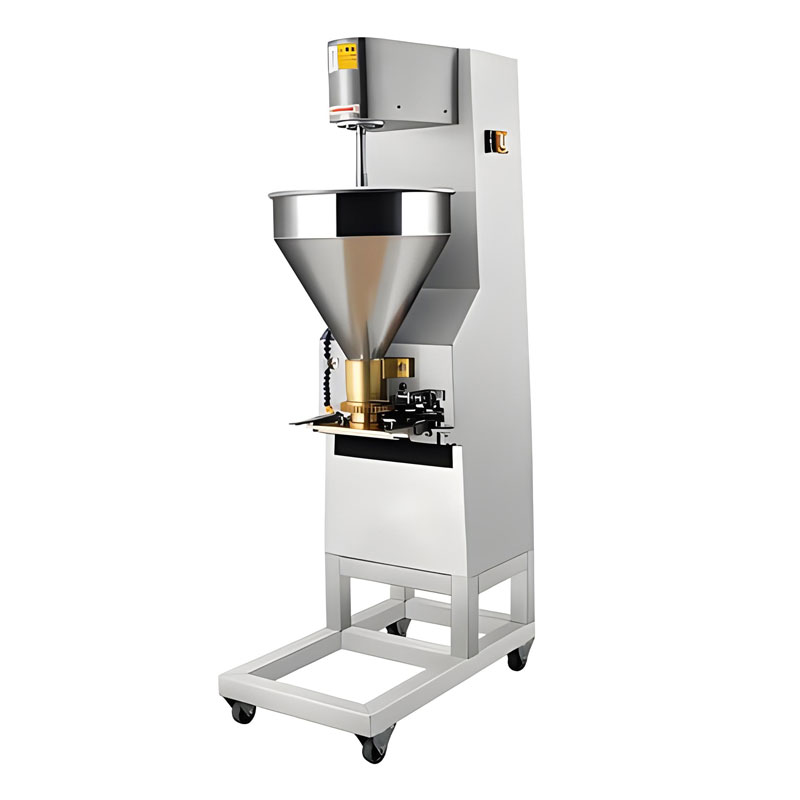
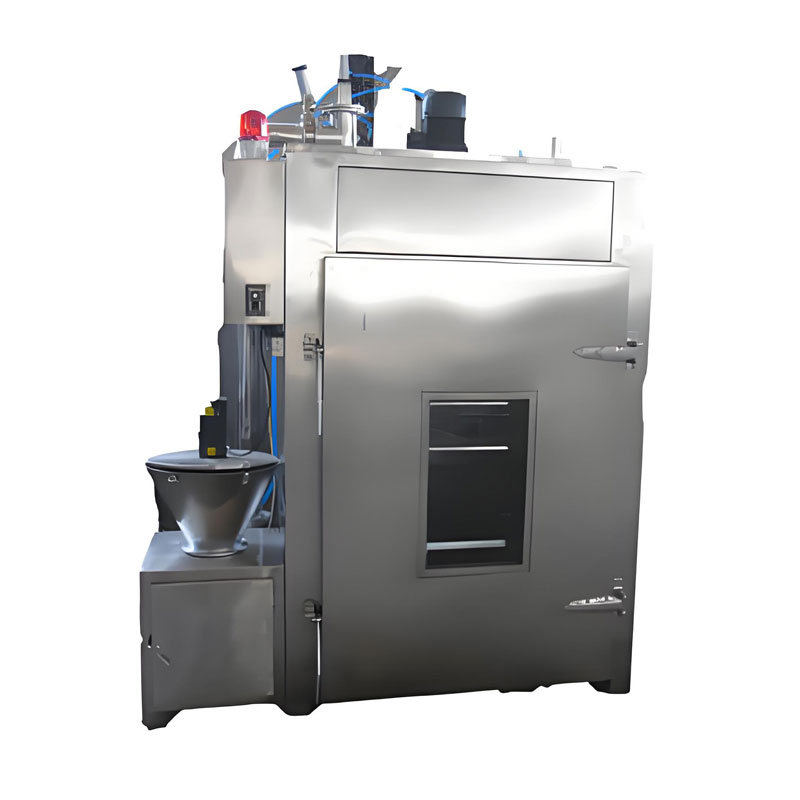
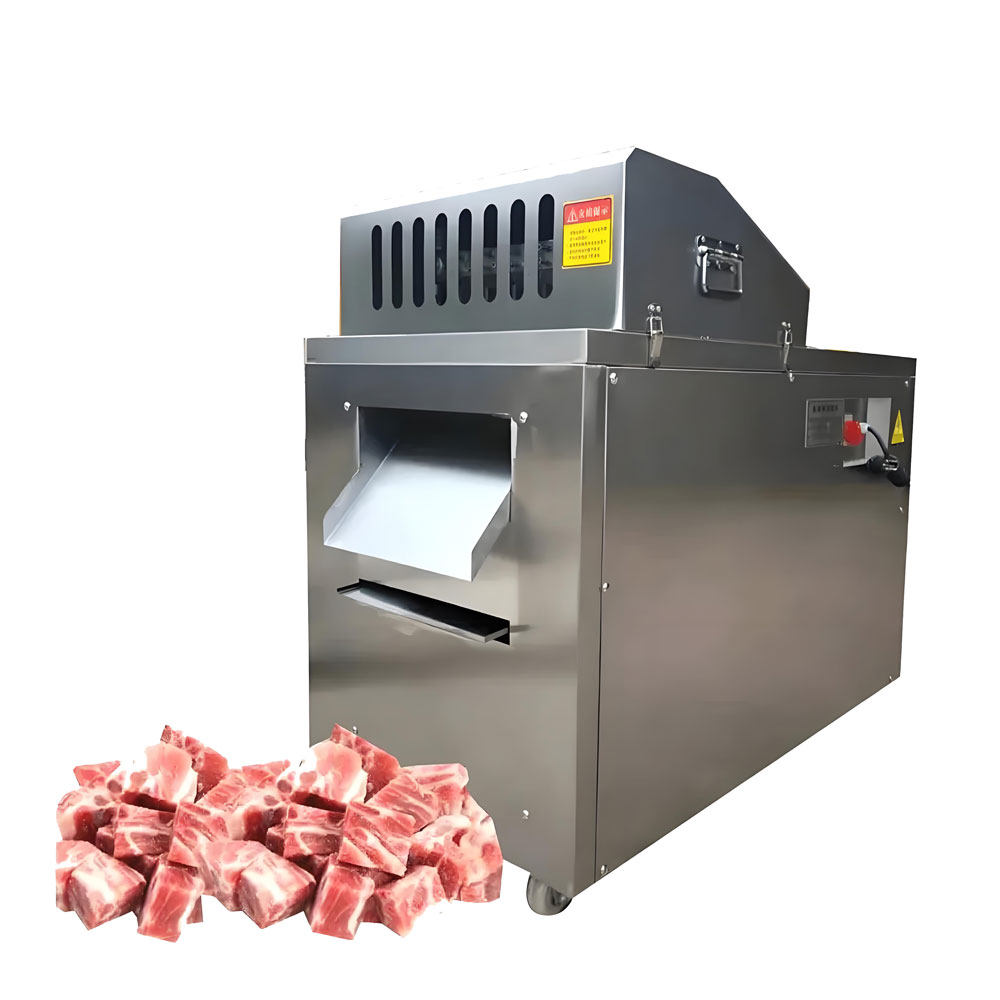
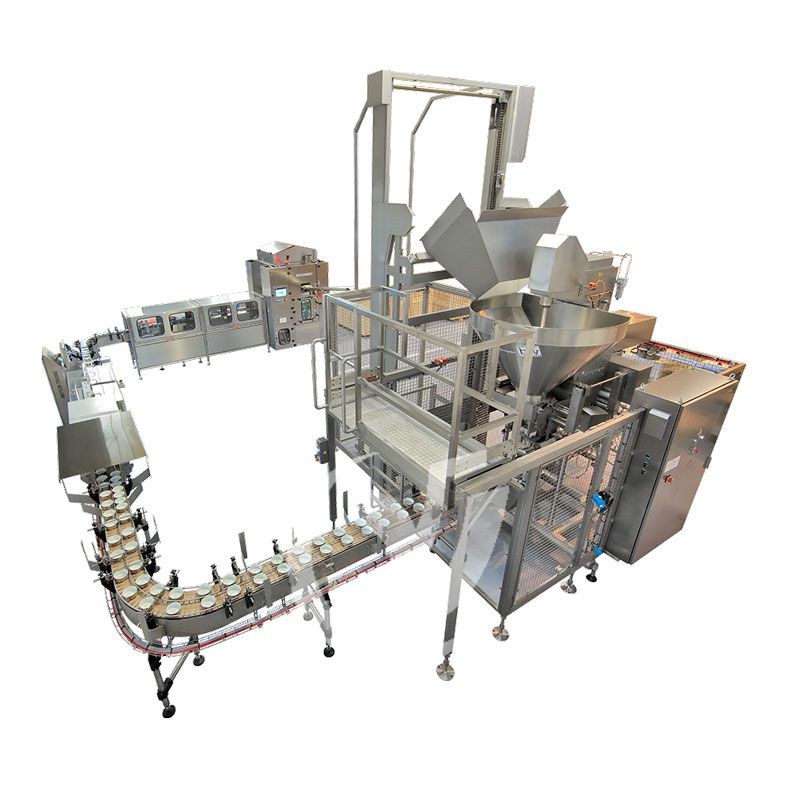

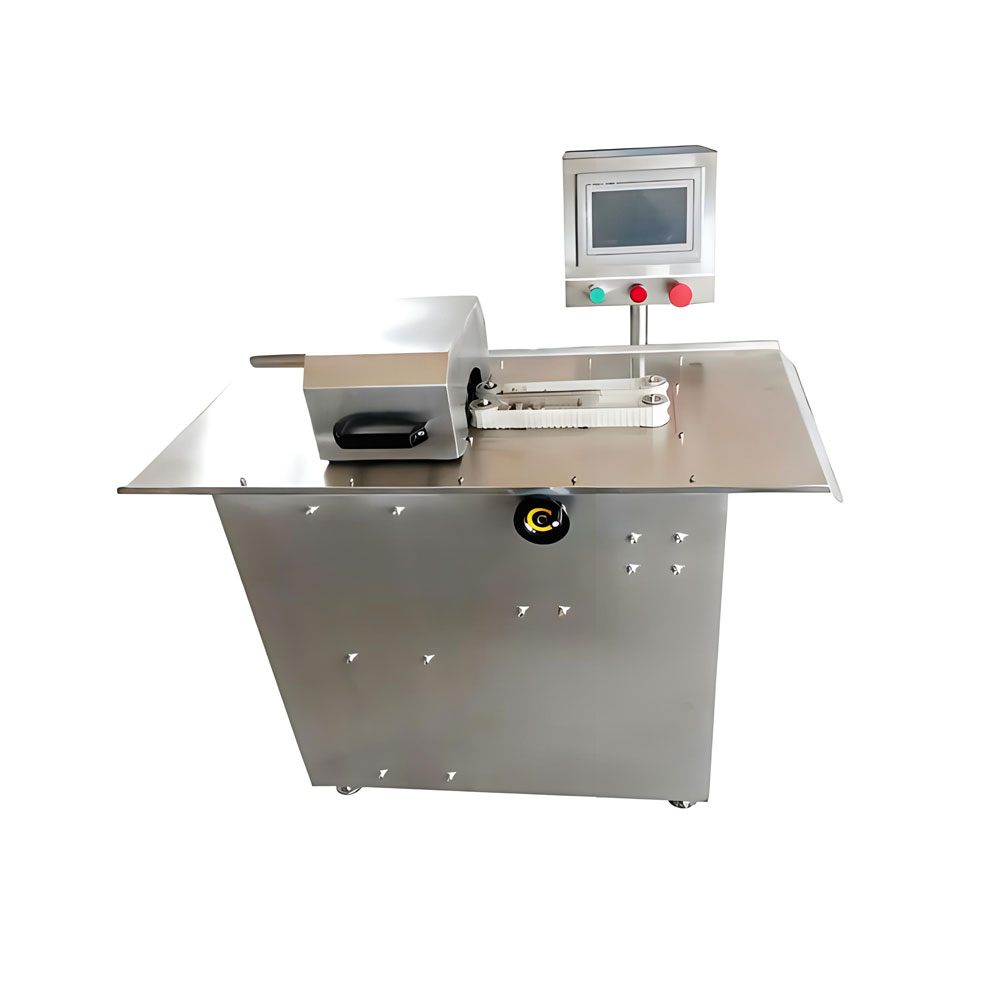
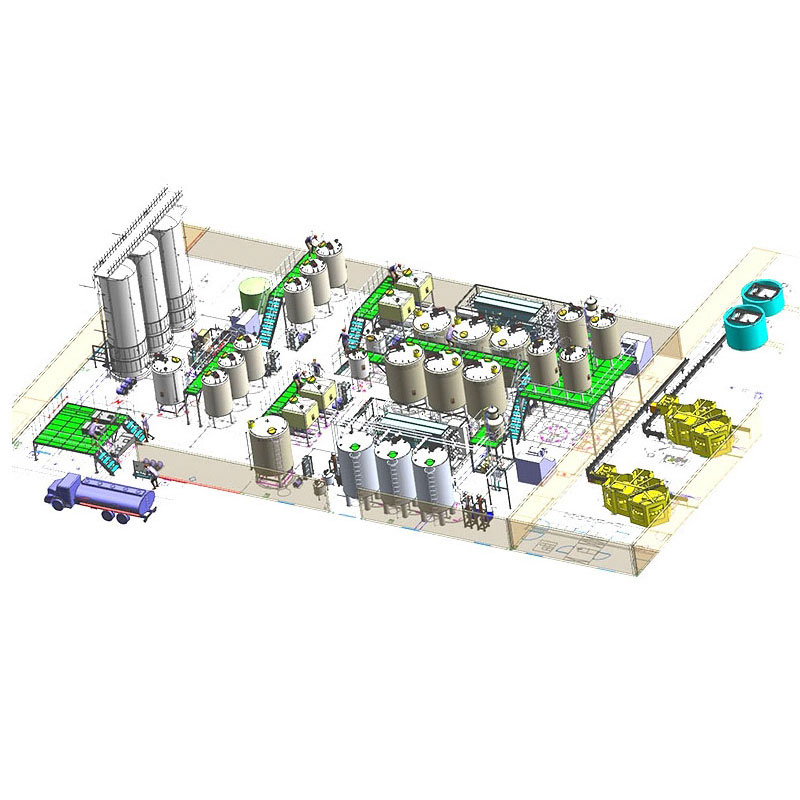
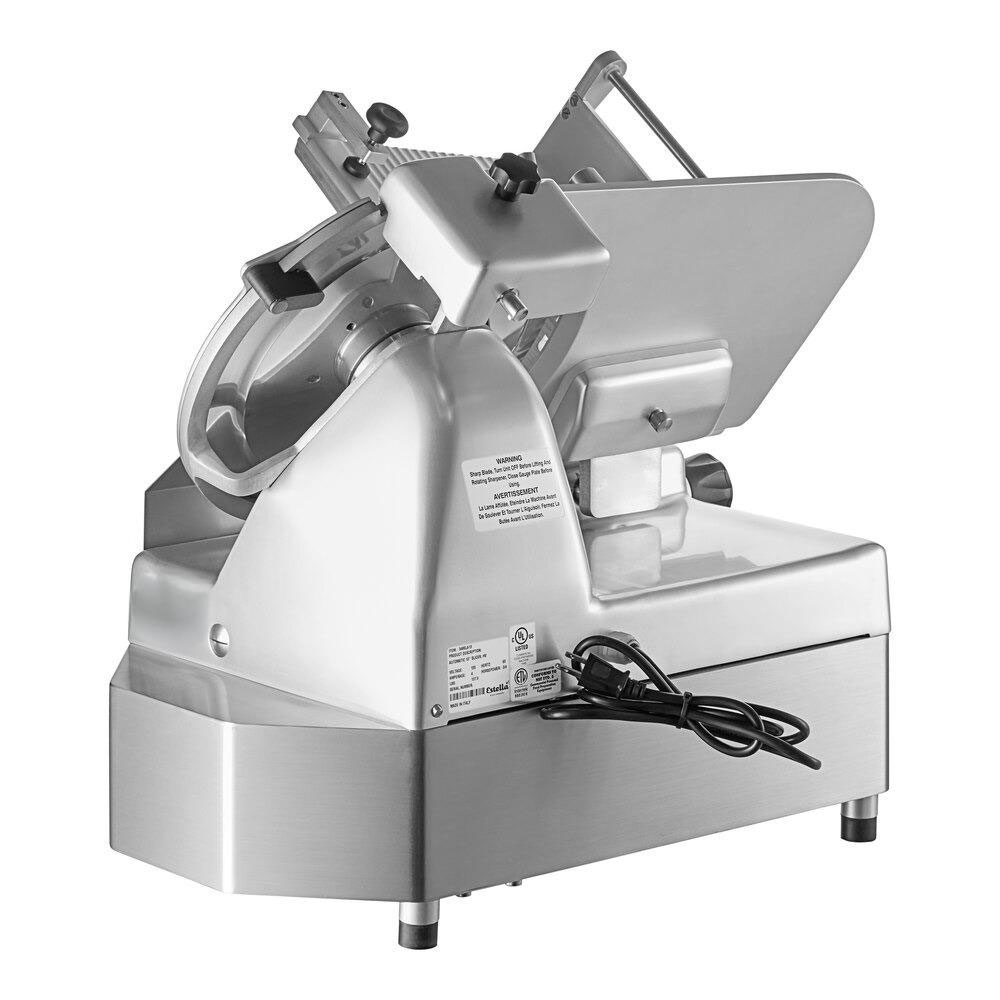
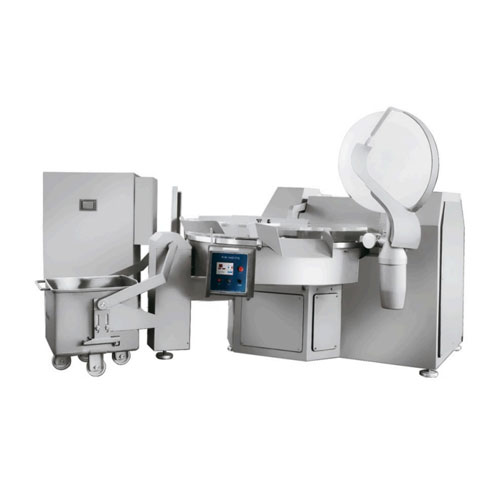
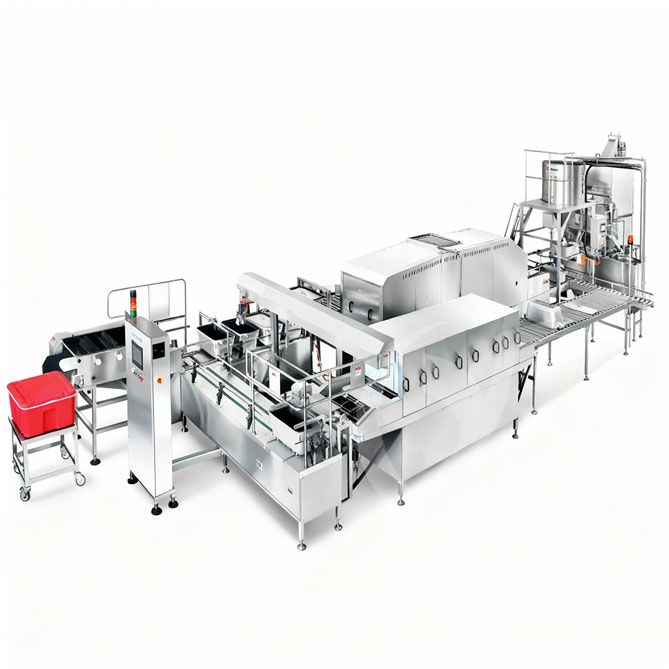
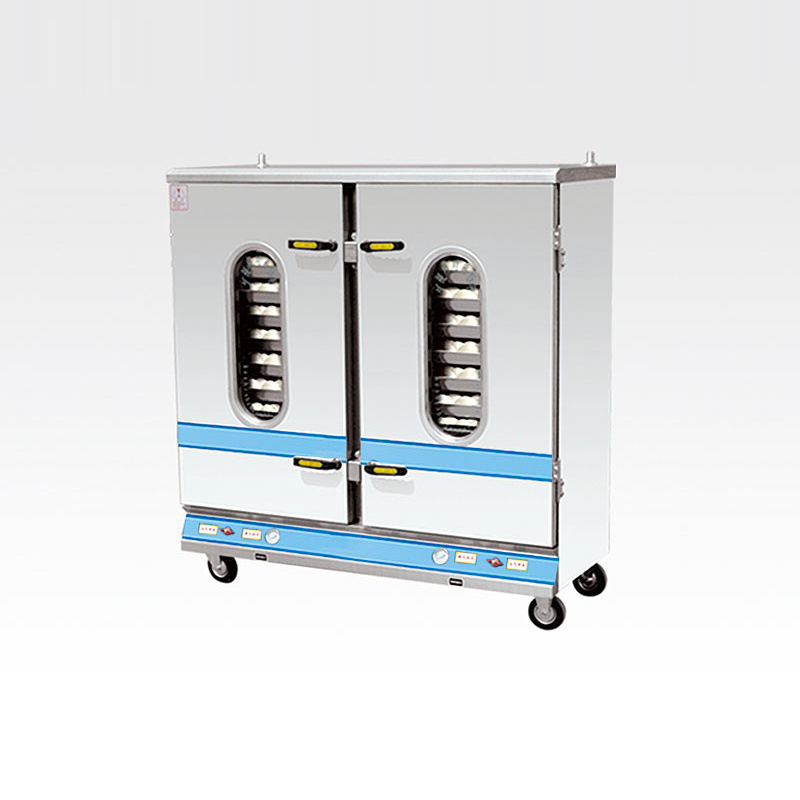 The Double-Door Steaming Cabinet With A Viewing Window
The Double-Door Steaming Cabinet With A Viewing Window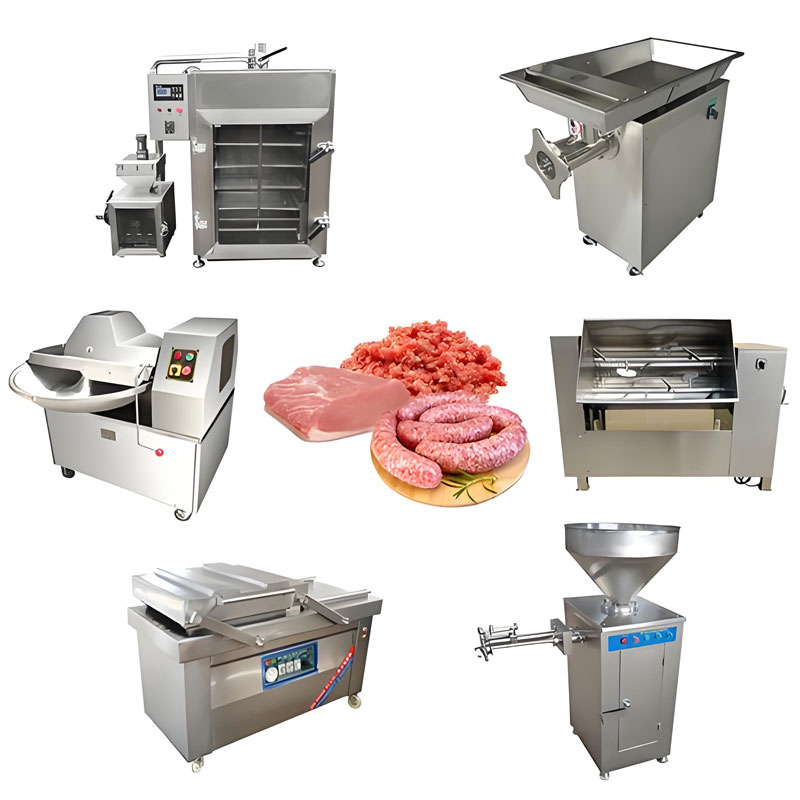 Sausage Stuffer Machine
Sausage Stuffer Machine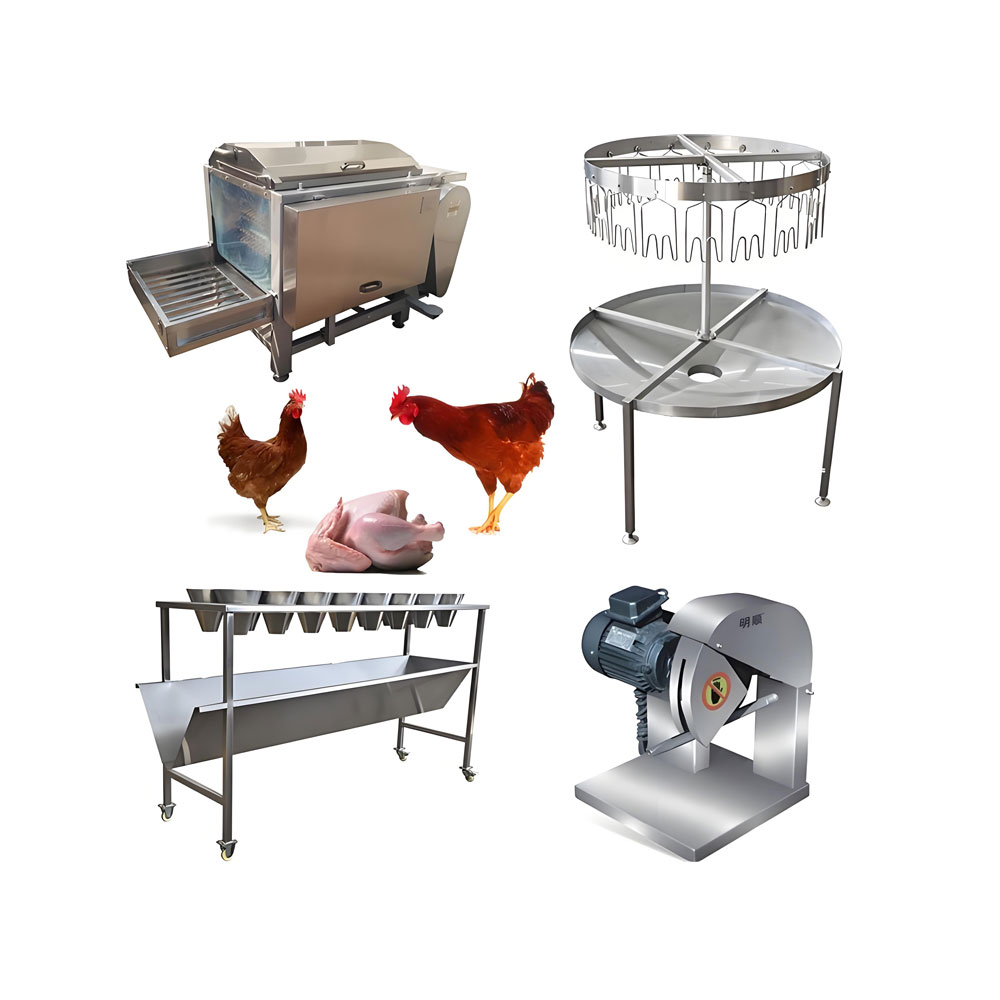 Chicken Slaughtering Machine
Chicken Slaughtering Machine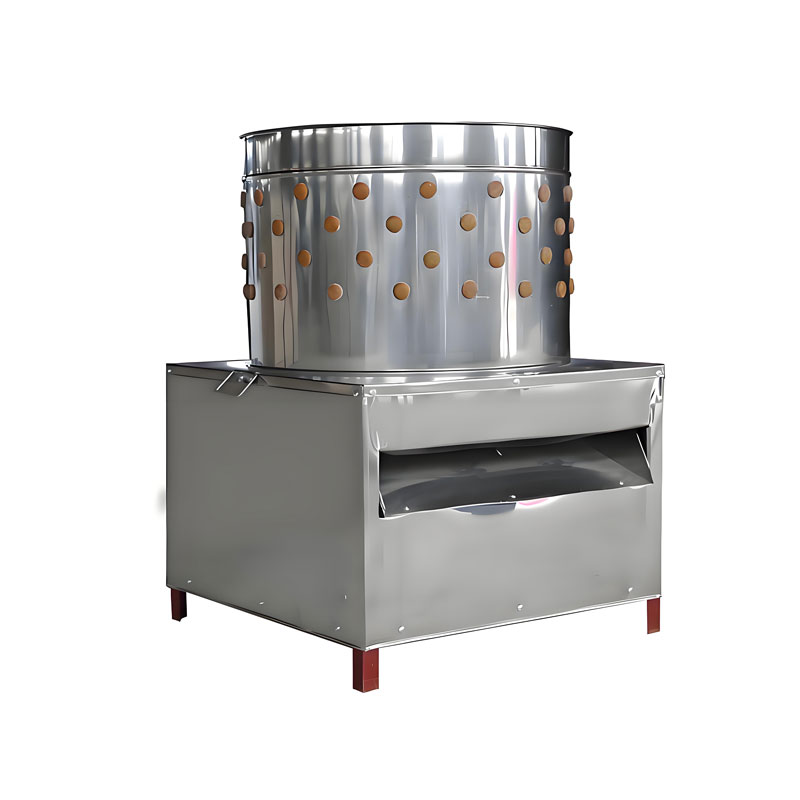 Chicken Plucker Machine
Chicken Plucker Machine
Ready to Get Started?